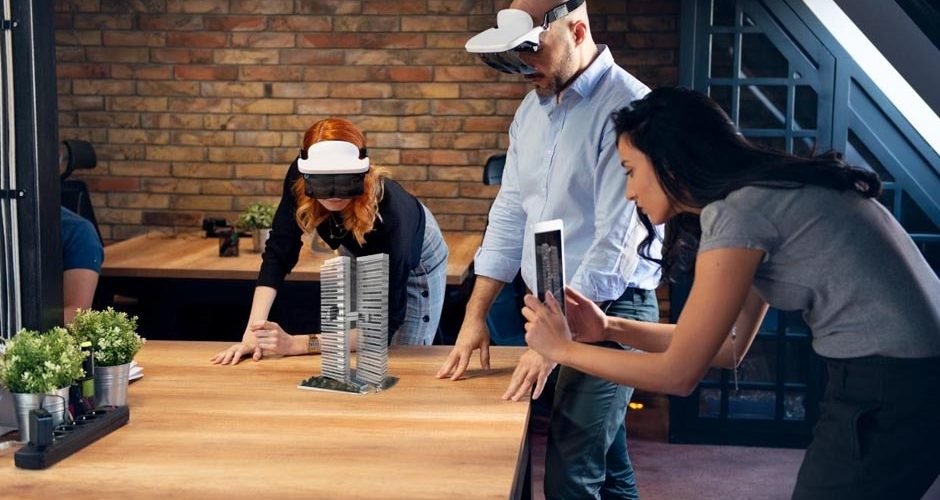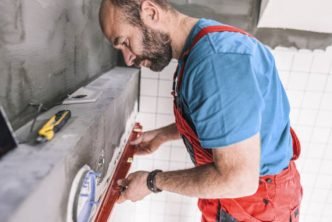Building Information Modeling technology (BIM) has dramatically transformed the construction industry over the last several years, offering professionals new capabilities for managing digital images of physical and functional properties of buildings — which helps enhance project coordination, collaboration and efficiency.
Augmented reality is another emerging technology rapidly spreading through construction projects. AR overlays digital data onto real-world environments for enhanced visualization and interactivity with digital models.
Today’s post will explore why and how merging these two technologies helps construction professionals enhance project development. For more information on how AR and BIM can streamline your next project, visit XYZ Reality at https://www.xyzreality.com/xyz-bim.
Table of Contents
Why integrate Building Information Modeling with augmented reality?
Integrating BIM and AR technology can significantly accelerate project development processes. Combining information-packed BIM models with AR’s real-time visualization abilities enables project stakeholders to make more informed decisions and predict potential issues early on.
Integration allows for increased coordination and communication between project teams and cost savings and efficiency gains. By showing architects, engineers, and contractors BIM models in real-world settings, they can better understand design intent and the construction process in context, thus decreasing risk and rework.
Combining BIM with augmented reality can reap many advantages
BIM and AR can offer enhanced visualization that allows stakeholders to understand complex designs and construction processes more clearly. This combination makes an immersive and interactive experience for stakeholders involved with complex designs or processes.
Real-time collaboration
Project teams can use AR technology to quickly access BIM models, improving communication and coordination among all parties involved.
Better quality control
Visualizing BIM within its physical context helps identify any clashes or conflicts early, decreasing rework and assuring higher-quality construction work.
Increased safety
AR technology assists with safety planning by simulating potential hazards and detecting risks before they manifest into real threats.
Cost and time savings
Integrating BIM and AR can lead to improved efficiency, reduced errors, and quicker decisions, which in turn leads to cost savings.
Enhance client engagement
Augmented reality technology empowers clients to better grasp design intent and make more informed decisions regarding their projects. BIM models and AR can work hand in hand to provide accurate information regarding maintenance and renovation projects.
Sustainability
By visualizing BIM in real time, stakeholders can make better decisions regarding eco-friendly building design, resulting in more environmentally sustainable structures.
Futureproof your projects
Incorporating BIM and AR into projects ensures that emerging technologies can easily be integrated into them in the future. Adopting BIM technology and AR distinguishes projects from the traditional construction process, giving companies that utilize these innovative tools an advantage in competition.
Conclusion
In conclusion, the synergy between Building Information Modeling and augmented reality signifies a leap forward in construction technology, heralding a new era of project development.
The fusion of BIM’s rich data and AR’s real-world application redefines the way we perceive and interact with construction projects — enhancing collaborations, reducing costs, and elevating the quality of the final structure.
By adopting these technologies, industry professionals sharpen their competitive edge and pave the way for smarter, safer, and more sustainable building practices. As the digital landscape evolves, those at the forefront of these technological integrations will shape the future of construction and architecture.





